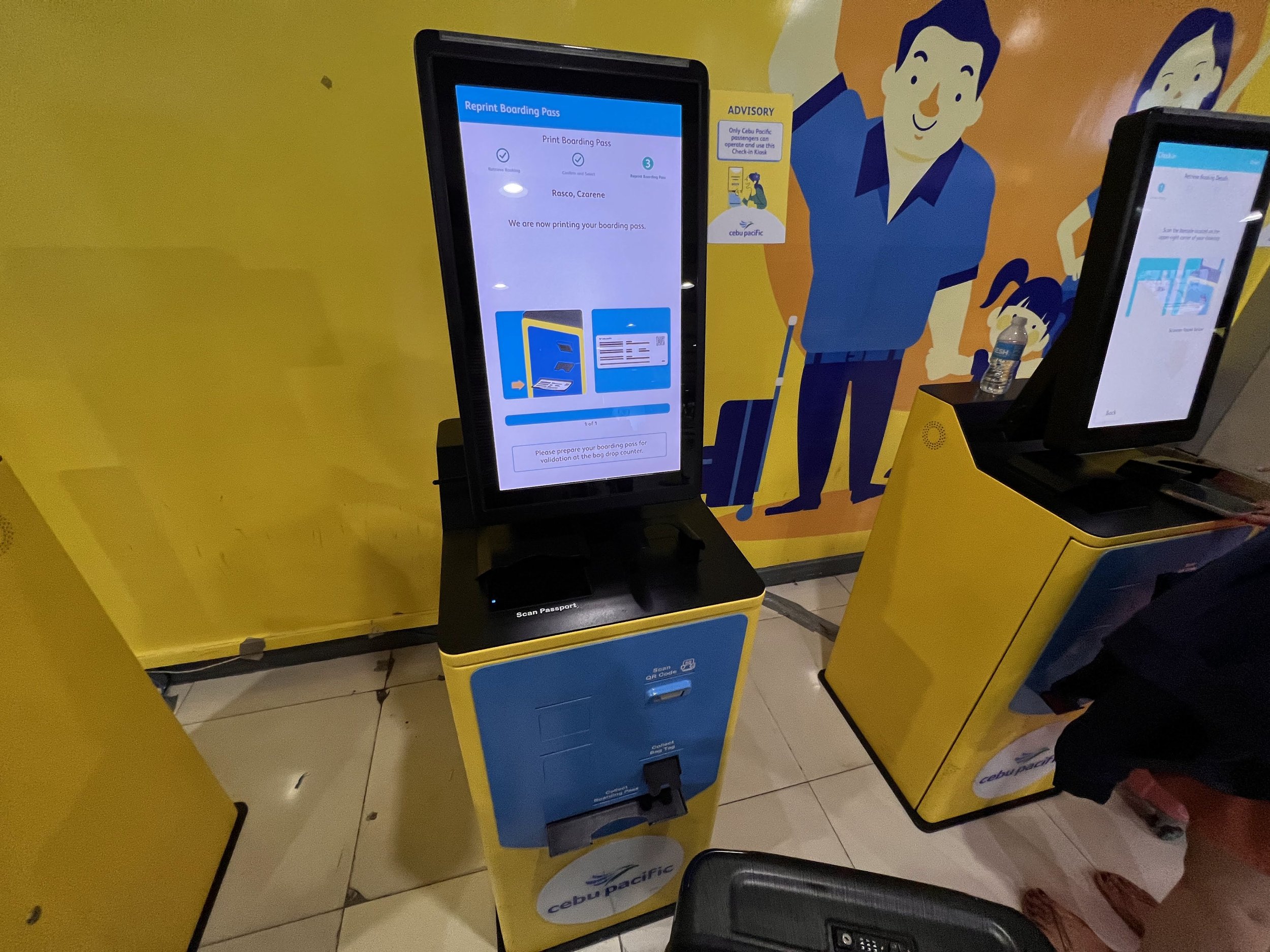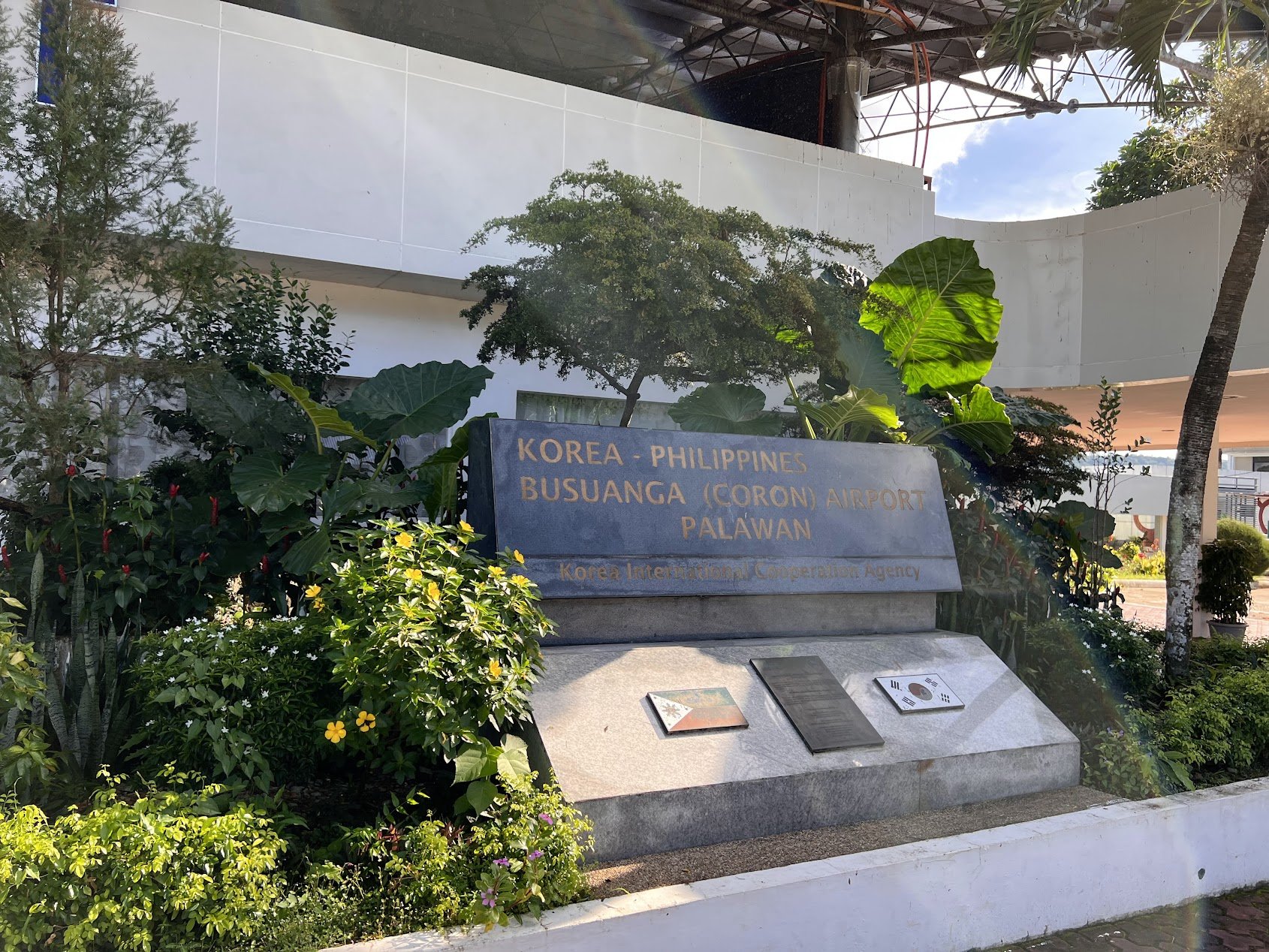How bad is domestic flying in the Philippines? A review of Cebgo from Manila to Busuanga, Palawan
Flying through Manila Ninoy Aquino International Airport has quite the reputation, but is that deserved? Last summer, I did an extensive amount of flying domestically in the Philippines across all the major airlines including: Cebu Pacific and their subsidiary CebGo, Philippine Airlines’ PAL Express and Air Asia Philippines.
At the time of this flight, Cebgo services from Manila departed from Terminal 4 - the oldest and smallest terminal at NAIA. Today, the terminal serves domestic flights by regional airlines with turboprop aircraft including Cebgo, Air SWIFT and Sunlight Air.
As with other terminals at NAIA, there is a security check to enter the building. Thankfully there is some cover from the sun while waiting and the queue moved swiftly.
Cebgo encourages check-in online before departure, but it didn’t work for us. We attempted to use the self-service machines, which didn't work either so we headed to the check-in agents for support.
Once complete and bags checked in, you head through another security check. This is far less organised than that heading into the terminal and I found it to be rather frantic in getting through. There are no immigration facilities at this building as it services Philippine destinations only.
The building was rather busy during my visit, however with Air Asia moving terminals since my visit it is likely to have reduced some usage of the space.
Space is certainly needed here. I’d strongly advise to arrive as close to departure as possible because there is limited seating and outlets to choose from.
The nature of the crowded building meant that boarding was a mess and crowded with lots of people. This terminal really needs knocking down and replacing. We were transported to the aircraft using a bus.
We boarded the ATR 72-600 of Cebu Pacific via the rear doors - standard for this aircraft type. The luggage we checked in earlier sits in a space between the flight deck and main cabin.
I actually rather like the Cebu Pacific livery - it certainly is more modern and looks better than Philippine Airlines.
As is common from this congested airport, we sat on the stand and runway for around 45 minutes - delaying our departure to Busuanga.
We headed out of Manila into stormy skies, with some nice views over the city upon departure.
The cabin is a standard 2-2 configuration with Economy service only thanks to this being a low-cost carrier. The seats are serviceable for the maximum duration these aircraft are likely to fly - up to two hours.
Here’s a look at the seats. There is no recline and they are slimline, meaning padding is reduced. Extra fixed padding has been placed at the top of the seat to improve comfort…somewhat.
Some ATR aircraft have rear facing seats at the forward part of the aircraft - the first time I have seen this having previously flown this aircraft with Finnair (Norra) and Aer Lingus (Stobart). It’s certainly not quite the luxury of fellow rear facing seats on Qatar’s Q Suite 😉.
Views are generally stunning wherever you fly domestically in the Philippines. It certainly makes up for the lack of drinks, food and entertainment on-board (although I would never expect that on a flight like this).
We arrived late to the Korean-financed Busuanga Airport which services the island - the most famous town being Coron in the East.
Would I fly on Cebgo again?
While I bemoan Terminal 4 at Manila’s NAIA, the experience wasn’t that bad. If you arrive just in time, which may be a little risky with Metro Manila traffic, the experience is fine if a little congested. Cebgo was a comfortable way to fly and no less uncomfortable than their direct competitor PAL Express. This recommendation certainly wouldn’t to Cebgo’s parent company though…more on that soon.


















